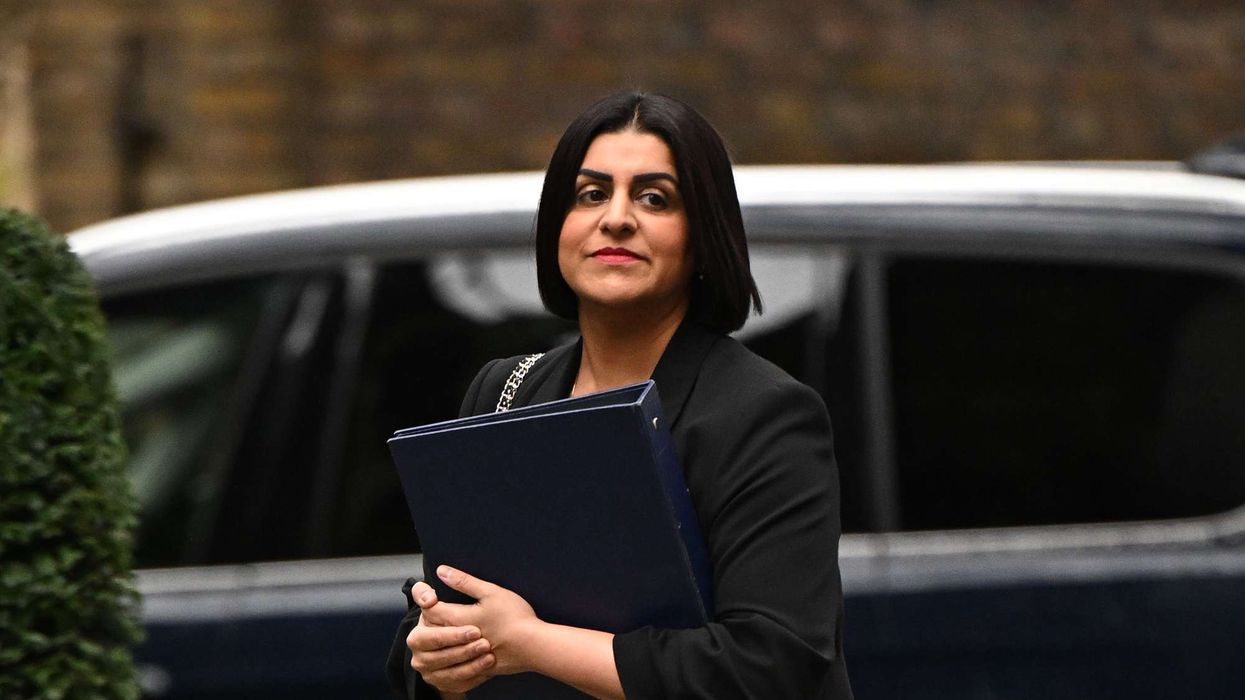British prime minister Theresa May met the EU's chief executive in Brussels on Wednesday (21) to discuss a blueprint for Britain's future ties, hoping to secure commitments that will appease rebels at home opposed to a Brexit draft treaty.
With just over four months before Britain leaves the bloc, May's meeting with European Commission president Jean-Claude Juncker aims to try to finalise an outline of future relations before a summit of EU leaders on Sunday (25).
The two leaders shook hands in front of TV cameras at the Commission's headquarters but declined to answer questions.
Outstanding issues include a Spanish threat to block the so-called political declaration over Gibraltar as well as problems from other states on fishing rights and future trade ties.
One EU diplomat said there was still "some work needed on those three aspects: fish, goods and Gibraltar ... Juncker and May will try to sort it out." A second EU diplomat said: "The only thing really outstanding is Gibraltar."
Spanish prime minister Pedro Sanchez demanded assurances that the future of the disputed British territory of Gibraltar would be settled through direct talks with Madrid.
Many in Brussels thought Sanchez was trying to score points with voters at home before a December 2 local election in the southern Andalusia region. They said the issue could be solved by the leaders and warned Madrid not to put the whole Brexit agreement at risk.
The British and European parliaments must ratify a deal to end more than 40 years of partnership before Brexit day, or Britain could leave the EU with no treaty.
The publication last week of a draft exit treaty sparked the biggest crisis of May's premiership, with two cabinet ministers quitting and dozens of Conservative members of parliament calling on her to step down. They accuse May of making too many concessions to the EU, while others oppose Brexit altogether.
May hopes the blueprint on future relations, a political document of about 20 pages meant to be agreed side-by-side with the legally binding 600-page exit treaty will help win back enough support at home for her approach to pass in parliament.
Despite the political turmoil around her, May has shown no sign in public of any doubt that she can bring home a deal.
The draft treaty envisages Britain staying in a customs union with the bloc, which many Brexit supporters see as a compromise too far.
The EU is trying to discourage Britain from any renegotiation of the draft treaty, while also seeking to assuage concerns expressed by some of the remaining 27 member states. While unanimity among the 27 is not legally required to endorse the deal now, the bloc seeks a unified stance.
No Renegotiation
"We are following the latest developments with growing concern," said a second EU diplomat. "No one wants to reopen the withdrawal agreement."
Both sides have also been advancing contingency plans for the worst case scenario, Britain crashing out of the EU without an agreement.
Diplomats in Brussels said Britain was also seeking an easy flow of goods after Brexit, a position which was too close to the privileges allowed only for countries that sign up to EU single market rules, including free flow of people and services.
"The UK wants free movement of goods, which they won't get because that's back to discussing partial access to the single market, which we don't do," another diplomat said.
In addition, France has called for more guarantees on future access to Britain's fishing waters, which London wants to keep firmly under its control after Brexit.
EU states with pending issues are seeking to address them either through the blueprint of post-Brexit EU-UK ties or through separate EU statements. France has backed such extra declarations, while Germany opposed them, saying the focus should be on completing the blueprint.
EU envoys will meet on Thursday (29) morning to discuss the outline of future ties. Negotiators will then look at it again at a meeting set for Friday (30).
Reuters











